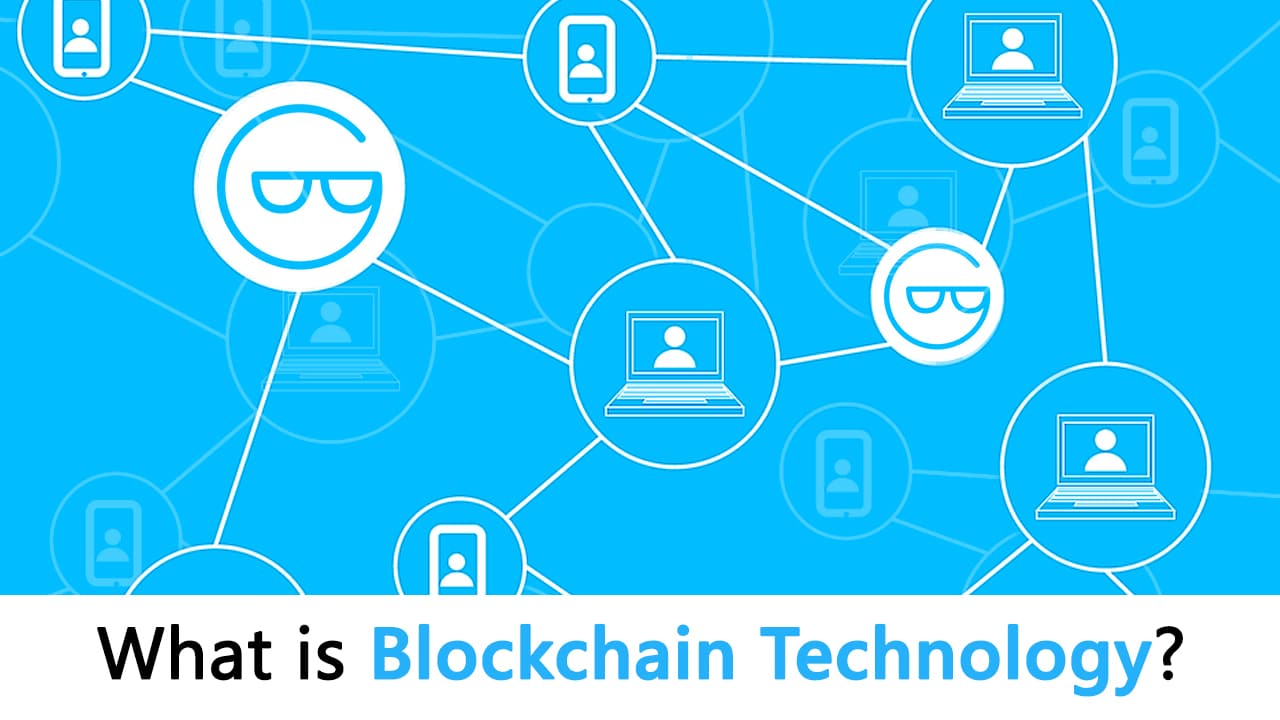Decentralization—the removal of centralized
governance—is the foundation of blockchain technology. However, with
decentralization and the increased number of user entry points, security
becomes an issue. To create secure systems, various forms of consensus
are required for block generation.
Bitcoin, for example, uses Proof of Stake (PoS) to protect block security. However, this system slows block generation dramatically, causing a far slower transaction processing time. The results in troubles with scalability to enterprise levels.
Scalability is one of the most important problems in blockchain and has been the focus of both industry practitioners and academic researchers since Bitcoin was born. This article is the start of a series of articles that focus on blockchain scalability, providing a systematic way to categorize various solutions and analyzing their pros and cons. Our goal is to allow the communities and the general public to have an in-depth view on the current development of this issue.
It has been so much talked-about and hyped. However, a lot of the time, a “scalable” blockchain is often considered as merely another name for a blockchain that can achieve a high TPS (transaction per second). Sometimes, it is even worse that its true meaning is twisted or even abused to mislead the public and get undeserved advantages. On the other hand, we have seen numerous reports and articles written by research institutes, companies, or media, trying to investigate and objectively compare the scalability of various blockchains. However, hardly any of them could refrain from taking toxic information from those false statements.
Bitcoin, for example, uses Proof of Stake (PoS) to protect block security. However, this system slows block generation dramatically, causing a far slower transaction processing time. The results in troubles with scalability to enterprise levels.
Scalability is one of the most important problems in blockchain and has been the focus of both industry practitioners and academic researchers since Bitcoin was born. This article is the start of a series of articles that focus on blockchain scalability, providing a systematic way to categorize various solutions and analyzing their pros and cons. Our goal is to allow the communities and the general public to have an in-depth view on the current development of this issue.
It has been so much talked-about and hyped. However, a lot of the time, a “scalable” blockchain is often considered as merely another name for a blockchain that can achieve a high TPS (transaction per second). Sometimes, it is even worse that its true meaning is twisted or even abused to mislead the public and get undeserved advantages. On the other hand, we have seen numerous reports and articles written by research institutes, companies, or media, trying to investigate and objectively compare the scalability of various blockchains. However, hardly any of them could refrain from taking toxic information from those false statements.
In fact, we can categorize scalable blockchains into the four types:
- Scaling Bitcoin: solutions to improving the throughput of Bitcoin via enlarging its block size or reducing block interval without changing Bitcoin’s POW consensus algorithm
- Scaling POW: solutions that still work in the Nakamoto consensus framework, but achieve a higher throughput than the Bitcoin’s POW algorithm through modifying the algorithm
- Scaling Byzantine Fault Tolerance (BFT) Algorithms: solutions based on BFT algorithms, but having a reduced message complexity than PBFT
- Scale-out Blockchains: solutions that relax the requirement of having validating/mining nodes to know the whole transaction history, so that the throughput of the system could grow as the network size grows and therefore, achieve better scalability than the above three types of systems.

